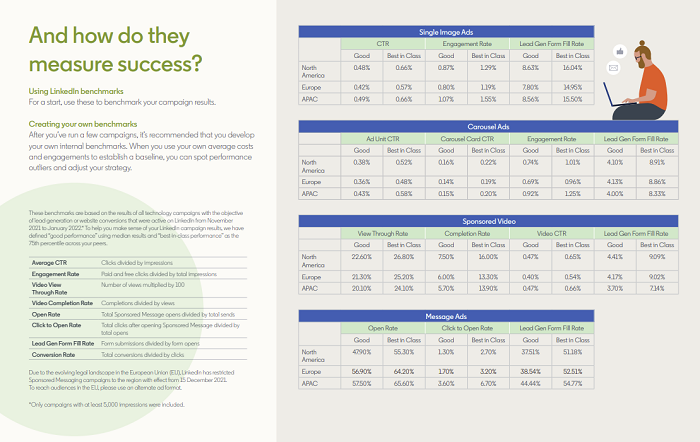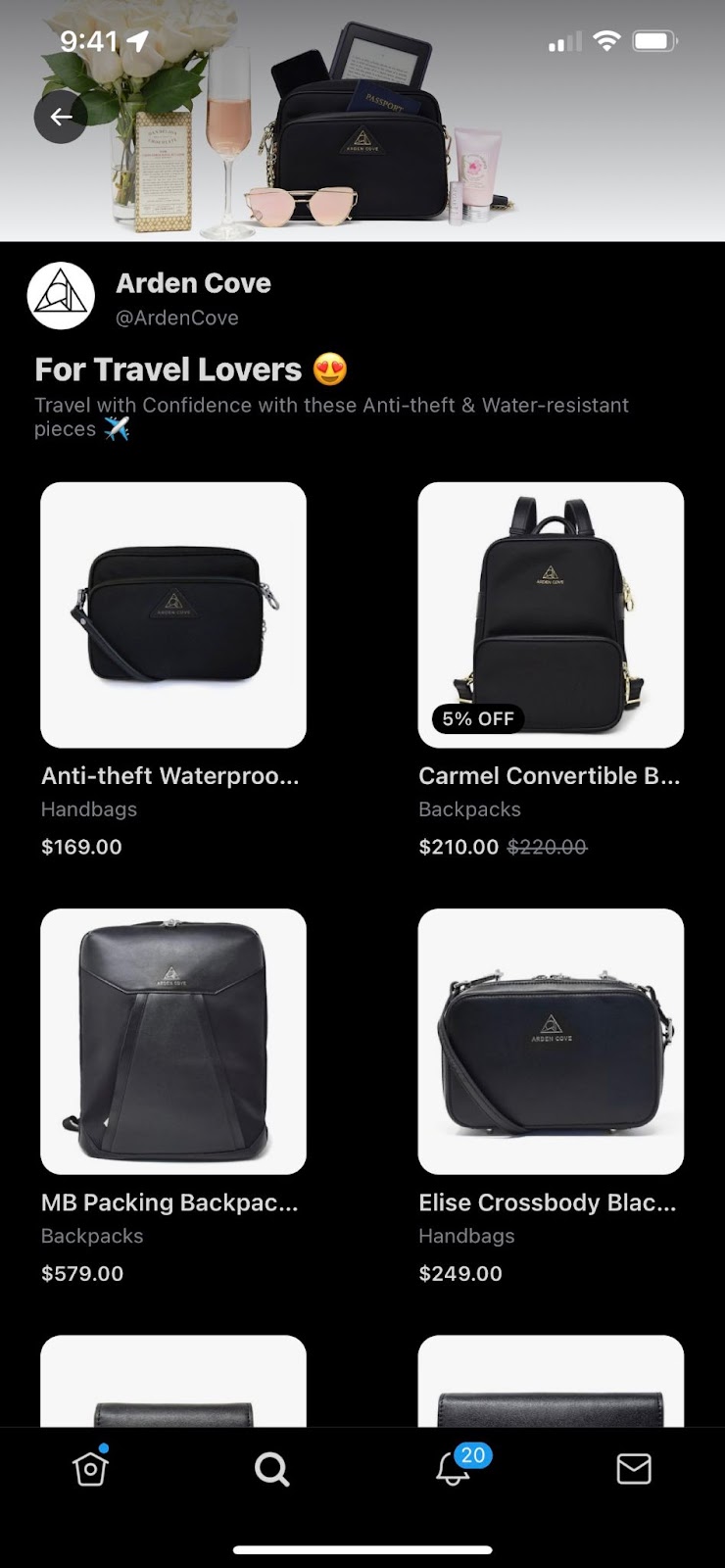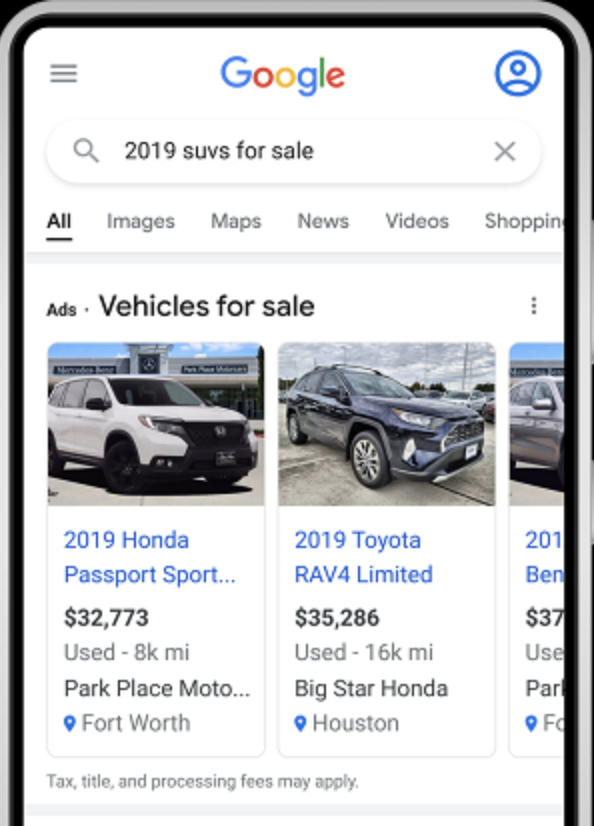Welcome back, Click Through Readers!
It’s time to spring forward, but our search and media platforms aren’t losing any sleep.
Google is putting the pedal to the metal with a new ad placement for vehicle ads, making it easier to shop for a new set of wheels. As Google makes shopping ads easier, Pinterest and Twitter are just now jumping into the social commerce world: “Twitter Shop'' is in beta for select accounts, and Pinterest’s “Your Shop” is now waiting for you at checkout.
As the social world is consumed in browsing and purchasing, the professional world focuses on performance benchmarks. LinkedIn released a 19-page guide on driving high-quality leads, applying key elements to guide campaigns to success.
…We told ya, no sleep lost. There’s a lot to catch up on – Let’s dive in!
Pinterest Introduces New Shopping Features at ‘Pinterest Presents’
Pinterest just held its second annual ‘Pinterest Presents’ summit, where they announced the many new updates and additions coming to the platform. Several new features focused specifically on in-stream shopping.
One of the biggest updates they announced is a new, personalized shopping page in the app called ‘Your Shop,’ which curates items and offers based on the user’s Pinterest behavior and interests.
To aid the new ‘Your Shop’ update, Pinterest also introduced an in-app checkout option for Shopify merchants to further encourage users to complete their purchases.
Finally, a new Shopping API with a simpler design is rolling out so that updating product catalogs will be more user-friendly for merchants.


LinkedIn Releases New Resource Toolkit for Tech Marketers
LinkedIn launched a new guide to driving high-quality leads, encompassing a checklist, tips, examples, best practices and campaign performance benchmarks. The guide includes valuable data insights based on previous tech campaigns to help with gauging performance expectations. To aid in the planning process, the checklist details an overview of all key elements and considerations when setting up a campaign to make it most successful.
Accompanying the 19-page guide are 3 “pocket guides” with more information on building compelling lead generation ads, engaging the full buying committee, and developing an effective lead scoring model. These digestible pocket guides include tips and helpful-thought starters to consider when setting up a new campaign.


Twitter Tests A New Shop Feature
Twitter introduced “Twitter Shops,” a new feature that is in beta testing for select accounts across the U.S. Similar to Instagram, Facebook and Snapchat’s shopping experiences—which we have seen tremendous growth in over the past few years—Twitter Shops will allow brands to showcase up to 50 items in their shop, joining the ranks of the rapidly growing social commerce space.
The feature will allow users to easily share their favorite products with a direct link back to the brand’s Twitter shop; however, users will still have to navigate to the brand’s website to complete a purchase—for now. Although Twitter lacks the ability to shop and pay within the app, this feature allows Twitter to remain a significant competitor in the social commerce space.


Pressing the Gas on Google Vehicle Ads
Google is introducing a new placement that will enable auto sellers to own valuable, top-of-page real estate, which is expected to help maximize attention and engagement. To use the placement, advertisers will need to create an inventory data feed for vehicles and connect it to Google’s Merchant Center.
A study from Google shows that “95% of vehicle buyers use digital as a source of information,” and “twice as many start their research online versus at a dealer.” Google says that advertisers who complemented their existing search campaigns with its new vehicle ads saw a 25% average increase in conversion.

For example: If someone searches for a 2019 SUV, they’ll see several vehicle options they can either purchase nearby or get delivered—along with pictures and inventory information like location, make, model, price and mileage.
Once they select a car, the ad will direct them to the vehicle description page on the website, where they can fill out a lead form or get the dealership’s contact information. Advertisers can then select which actions you’d like to measure, such as leads and store visits, and assign a value to them.